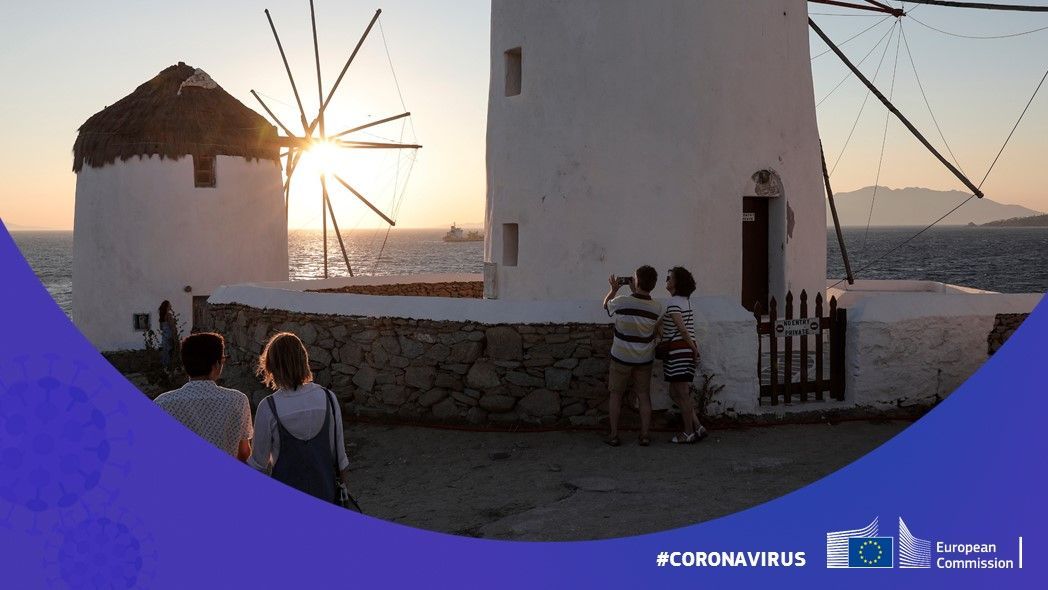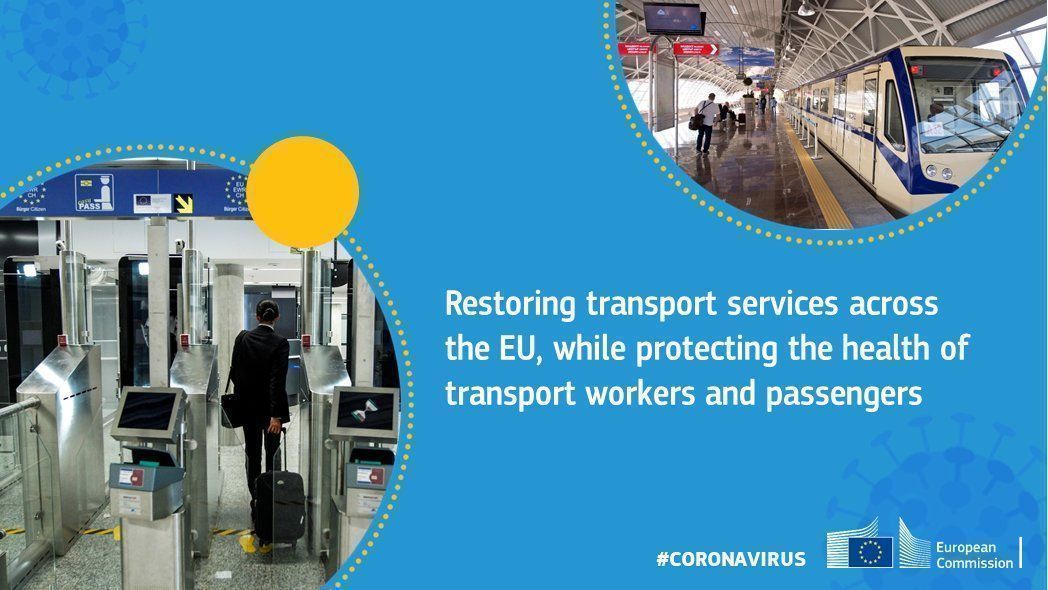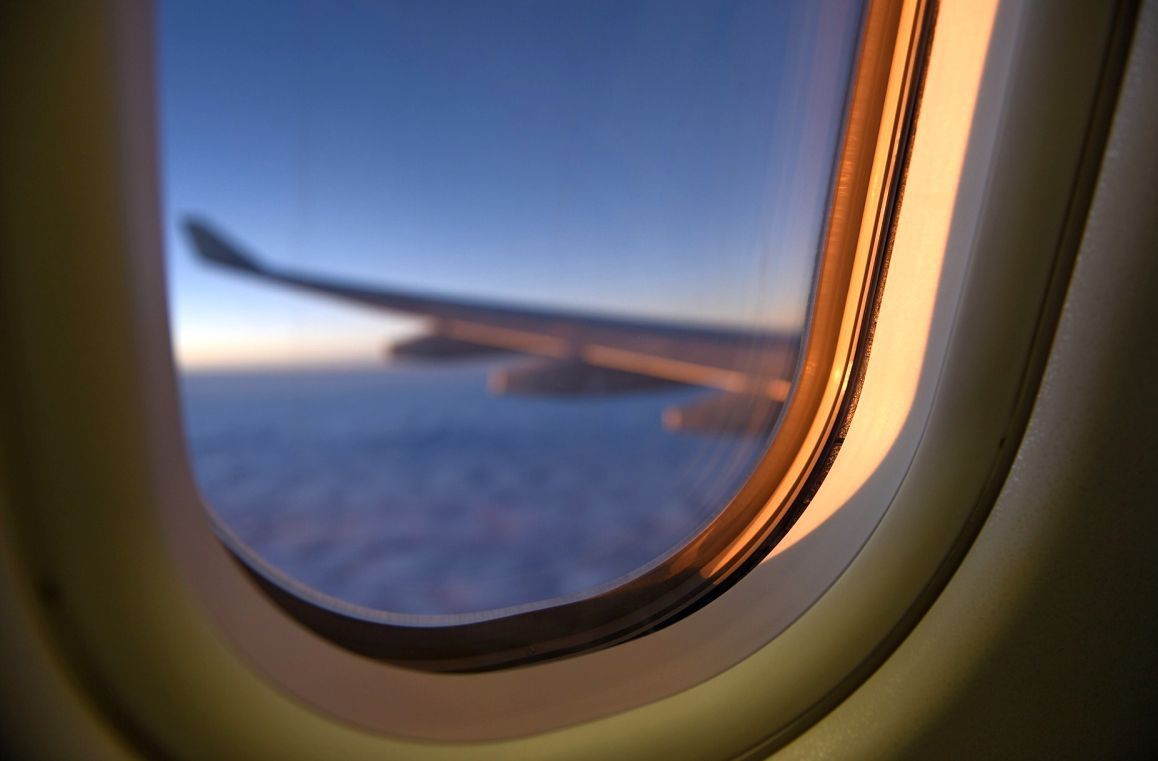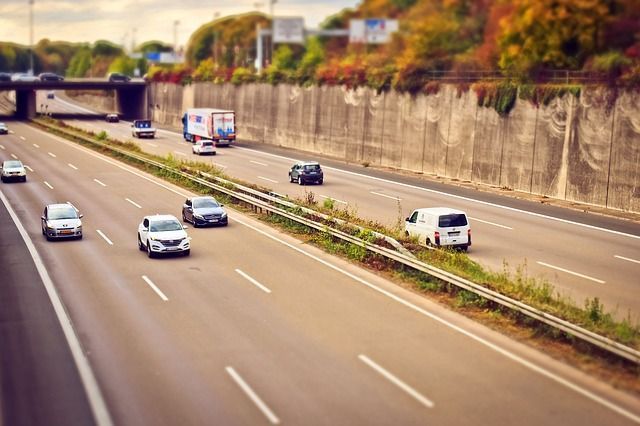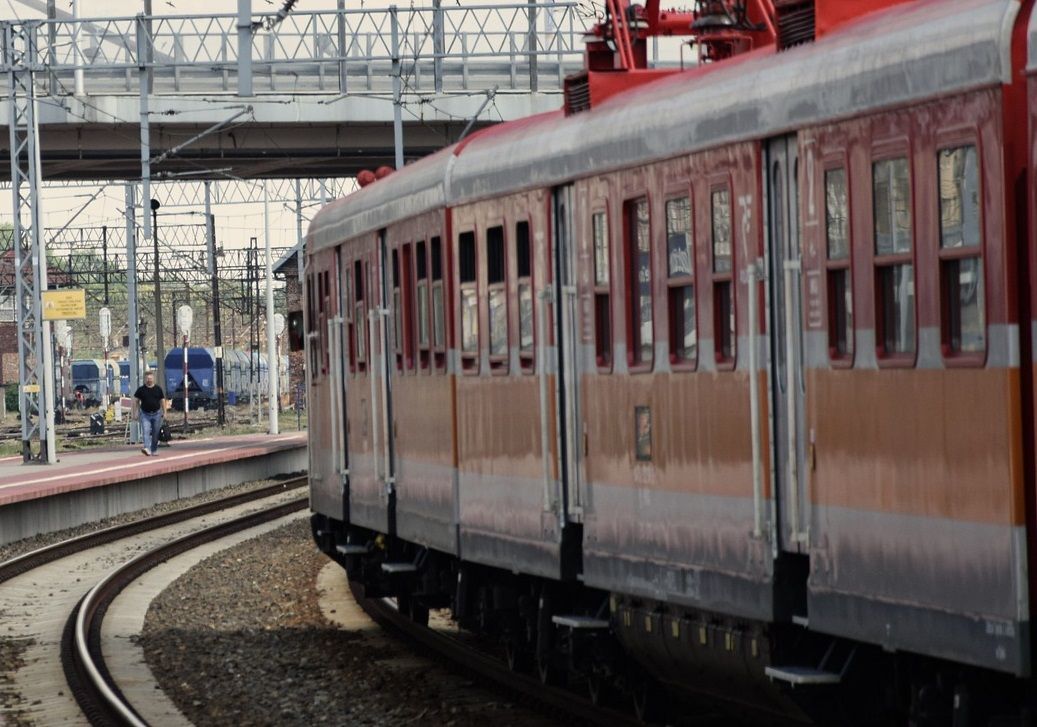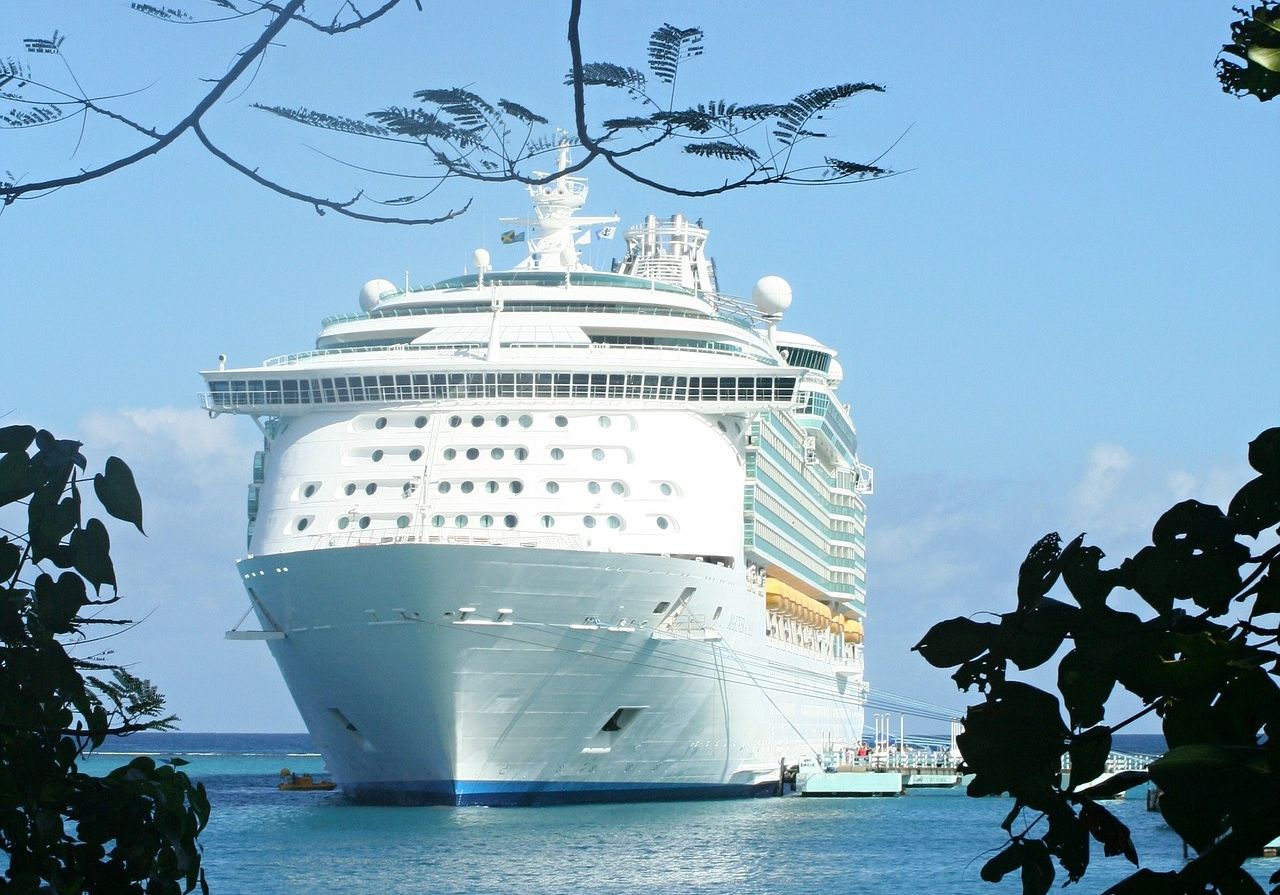Travel in the post-Covid-19 Era – EU Guidelines
The European Commission recently issued guidance for member states on lifting restrictions for non-essential travel and put forward measures on how best to protect transport workers and passengers against the COVID-19 (coronavirus) pandemic.
The Commission’s guidelines on the progressive restoration of transport services and connectivity recommend several measures:
- To minimise contact at departure, passengers will be encouraged to buy tickets and check-in online. Physical distancing should be ensured at security checks and luggage drop-off and collection;
- Fewer passengers may be allowed on board, for example buses, trains or ferries, to facilitate physical distancing, and passengers who are not from the same household may be seated apart;
- Where physical distancing is more difficult to ensure, additional safeguards and measures should be put in place, for example, the wearing of face masks. Transport staff should be provided with adequate protective equipment;
- Transport operators may install protective barriers, e.g. between passengers and the driver, and you may be asked to board through a rear door;
- Doors should be opened automatically or remotely by the driver at every stop – so you do not need to touch any buttons or door handles;
- Sanitising/disinfecting gel should be available in vehicles and in transport hubs;
- Vehicles should be cleaned and disinfected regularly;
- Food, drinks and other goods may no longer be on sale on board, to minimise contact;
- Ventilation should be strengthened, for example by using appropriate air filters, and natural ventilation should be prioritised where possible;
- Transport operators are advised to develop strategies in case a passenger falls ill or shows symptoms of coronavirus during the journey.
Aviation
In collaboration with the Commission, the European Centre for Disease Prevention and Control (ECDC) and competent authorities, the European Union Aviation Safety Agency (EASA) will put forward in the coming weeks technical operational guidelines to facilitate a coordinated approach and assist national aviation authorities, airlines, airports and other aviation stakeholders. These technical operational guidelines will take into account the safety management principles developed to ensure the safety of the European aviation system and will set out a baseline aviation health safety protocol, proposed for application across the EU.
The protocol should include the following measures:
- Strengthening ventilation, hospital grade air filtering and vertical airflow;
- Limiting contamination risks along the travel process (e.g. avoiding concentration of passengers, limiting interaction on board, exploring the most appropriate allocation of seats based on technical constraints, and prioritising electronic documents and means of payment);
- Reducing movement in the cabin (e.g. less cabin baggage, fewer interactions with the crew);
- Adequately managing passenger flows (e.g. advise on early arrival time at the airport; prioritising electronic/self-check-in; ensuring distancing and minimising contacts at baggage drop-offs, security and border control points, at boarding, and during baggage collection);
- Accessible information on airport processes should be provided to passengers in advance of travel.
Road transport
- High levels of hygiene in all parts of terminals, rest areas (e.g. along the motorways), covered parking facilities, fuelling and charging stations, should be ensured, including regular cleaning and disinfections, to limit the risk of contagion for road users;
- Passenger flow management should be implemented at stations;
- Where adequate levels of public health cannot be ensured, the closing of certain stops or stations should be considered.
Bus and coach transport
For travelling to gradually resume by buses and coaches, appropriate measures, distinguishing regional and long distance services, will be needed. Especially for international bus/coach services, approaches should be coordinated among Member States and operators in order to be effective. Safe operating practices should be introduced, including, for example, rear door boarding and the use of windows for ventilation as much as possible instead of air conditioning.
In addition, seating should be optimised to the extent feasible (e.g. families can sit together, while persons not travelling together should be separated).
In mini-buses passengers should not be allowed to sit next to the driver unless physical separation is possible. Operators of regular bus services will have to be enabled to progressively rebuild the network, depending on national restrictions. To facilitate this, Member States should put in place simplified and rapid procedures to allow operators to swiftly adapt their services, without compromising the health and safety of transport workers.
If possible, staff contacts with passengers’ luggage should be limited and passengers should handle the loading and unloading of their own luggage.
Transport by car/van on demand (taxi, PHV)
Taxi and PHV services have largely continued with specific protection measures for drivers and limitations to only one passenger or several people living in the same household. These services should continue operating with specific hygiene and risk mitigating measures:
- Companies should provide drivers with masks and disinfectants;
- Vehicle interiors should be disinfected as frequently as possible;
- Taxi and PHV drivers should avoid physical contact with passengers and electronic payment should always be prioritised;
- Companies should provide drivers with physical separators (e.g. plastic curtains or barriers) for vehicles to limit contact with passengers;
- Passengers should not be allowed to sit next to the driver unless physical separation is possible;
- Companies should share relevant information with passengers before the trip.
Rail transport
The rail sector associations and worker organisations are working towards common rules. As railways have continued to function throughout the COVID-19 outbreak, there is already a number of measures in place that can be retained and adapted where necessary:
- Distancing obligations should be applied on trains where needed, in particular as long as passenger numbers are relatively low. To enable distancing, frequency and capacity of trains should be increased if necessary to reduce passenger density;
- Rail operators should implement mandatory seat reservations on long-distance and regional trains, with identification of name/origin and destination of passengers. Alternatively, and especially for short-distance trains, passengers should be required to leave seats empty between them, except for passengers from the same household;
- Rail operators should make use of on-board passenger counting systems especially available for commuter and suburban trains (based on weight, footsteps in the door areas, and also CCTV counting algorithms which do not allow for identification of individuals) to manage capacity. The timetabling and path allocation may need flexible adjustments, including optimising capacity in a coordinated manner to reflect demand and the need to reduce passenger density;
- Passenger flow management should be implemented at stations. Where adequate levels of public health cannot be ensured, the closing of certain stops or stations should be considered;
- Off-peak hour travel should be encouraged with incentives, such as adjusted pricing, or flexible working hours in the case of commuter trains, to avoid crowding;
- To avoid that passengers have to touch door handles or buttons, doors should be opened at each stop either automatically or remotely by the driver.
Waterborne transport
Building on existing experience and measures already applied by Member States, operators and all other entities involved in waterborne transport (ports, ferry terminals, relevant national authorities) should apply the following measures:
- Ensure distancing requirements can be observed on vessels, including by reducing the number of allowed passengers;
- Limit access to (dis)embarkation quays to passengers with tickets;
- Assign seats to passengers;
- Ports should consider dedicated lanes to separate entry and exit of passengers;
- When conditions allow for it, move as many passengers as possible to open spaces of the vessel;
- In case passengers are recommended or requested to remain in their vehicles on board ferries during short voyages (e.g. less than one hour), such a measure should apply on open decks only, unless additional safety precautions are taken in line with applicable EU rules. Where needed, capacity of decks should be adjusted to ensure safety and personnel trained in fire suppression should be present;
- Cleaning and disinfection of vessels and onshore facilities should follow the ‘Suggested procedures’ of the EU Healthy Gateways Joint Action;
- Cruise ships and, where relevant, ferries should develop dedicated protocols for cleaning and hygiene that minimise the risk of cross-contamination between passenger cabins;
- Protocols should be developed between ship operators and onshore facilities for persons with a suspected or confirmed COVID-19 infection, including measures before, during and after the voyage. For this purpose, health screening procedures should be available, rooms for quarantine provided and adequate interaction with the person in quarantine organised;
- Cruise ships should have adequate testing capacity for COVID-19 on board, to be used when a passenger or crew member is suspected of being infected. Previous COVID-19 outbreaks on cruise vessels have highlighted the particular vulnerability of closed environments during long voyages;
- Before cruise ships resume operations, ship operators should put in place strict procedures to reduce the risk of transmission on board and to provide adequate medical care in case of infections;
- The gradual restoration of cruise services should be coordinated at EU and international level, taking into account the public health situation in the countries concerned;
- Before starting journeys, cruise ship operators should ensure with ports along the route that, if needed, they can make arrangements for passengers and crew members to receive medical treatment and that repatriations and crew changes can be organised.
Click below to download the Commission’s guidelines:
Progressive restoration of transport services and connectivity

